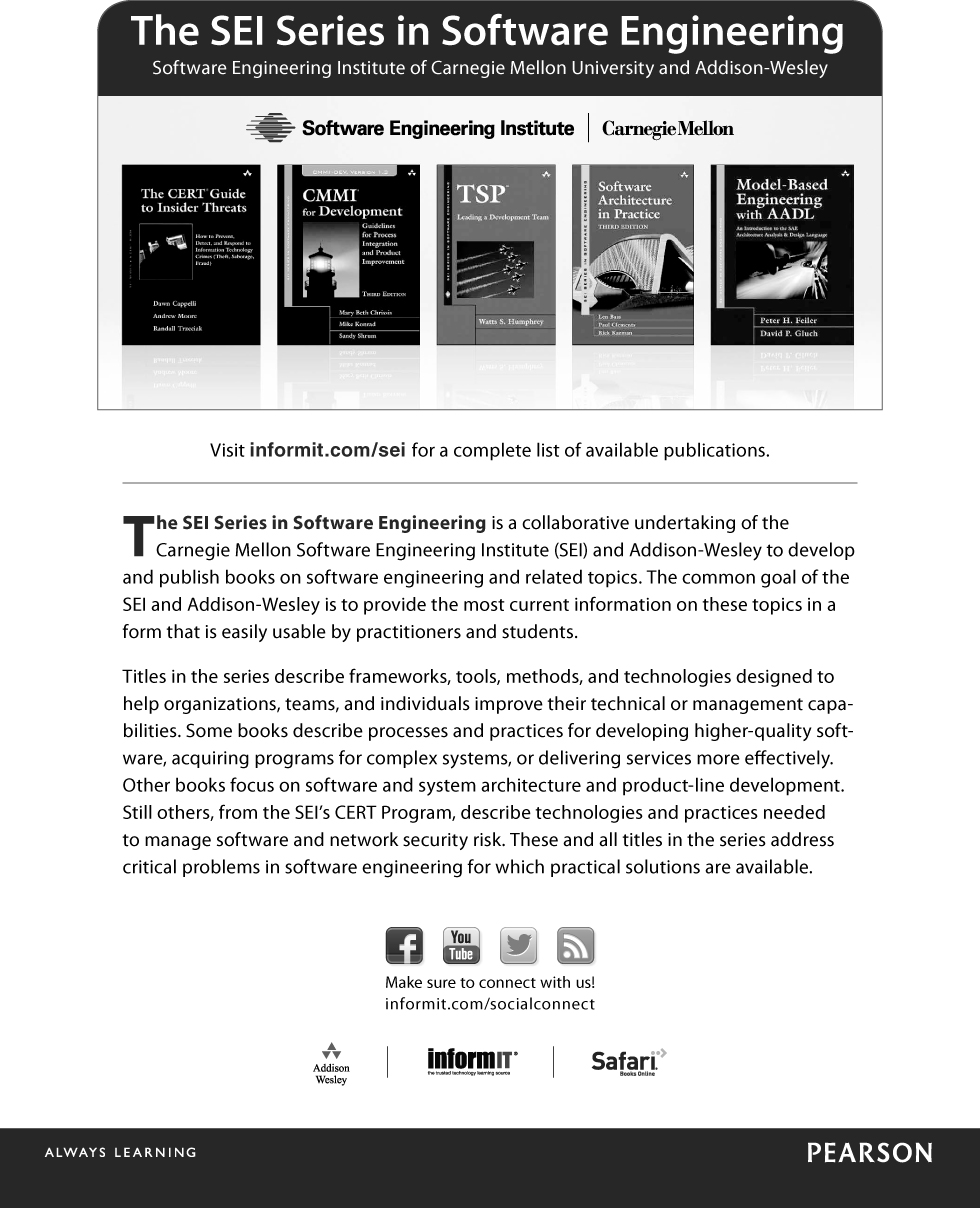About This eBook
ePUB is an open, industry-standard format for eBooks. However, support of ePUB and its many features varies across reading devices and applications. Use your device or app settings to customize the presentation to your liking. Settings that you can customize often include font, font size, single or double column, landscape or portrait mode, and figures that you can click or tap to enlarge. For additional information about the settings and features on your reading device or app, visit the device manufacturers Web site.
Many titles include programming code or configuration examples. To optimize the presentation of these elements, view the eBook in single-column, landscape mode and adjust the font size to the smallest setting. In addition to presenting code and configurations in the reflowable text format, we have included images of the code that mimic the presentation found in the print book; therefore, where the reflowable format may compromise the presentation of the code listing, you will see a Click here to view code image link. Click the link to view the print-fidelity code image. To return to the previous page viewed, click the Back button on your device or app.
Java Coding Guidelines
75 Recommendations for Reliable and Secure Programs
Fred Long
Dhruv Mohindra
Robert C. Seacord
Dean F. Sutherland
David Svoboda

Upper Saddle River, NJ Boston Indianapolis San Francisco
New York Toronto Montreal London Munich Paris Madrid
Capetown Sydney Tokyo Singapore Mexico City
 Software Engineering Institute | Carnegie Mellon
Software Engineering Institute | Carnegie Mellon
The SEI Series in Software Engineering
Many of the designations used by manufacturers and sellers to distinguish their products are claimed as trademarks. Where those designations appear in this book, and the publisher was aware of a trademark claim, the designations have been printed with initial capital letters or in all capitals.
CMM, CMMI, Capability Maturity Model, Capability Maturity Modeling, Carnegie Mellon, CERT, and CERT Coordination Center are registered in the U.S. Patent and Trademark Office by Carnegie Mellon University.
ATAM; Architecture Tradeoff Analysis Method; CMM Integration; COTS Usage-Risk Evaluation; CURE; EPIC; Evolutionary Process for Integrating COTS Based Systems; Framework for Software Product Line Practice; IDEAL; Interim Profile; OAR; OCTAVE; Operationally Critical Threat, Asset, and Vulnerability Evaluation; Options Analysis for Reengineering; Personal Software Process; PLTP; Product Line Technical Probe; PSP; SCAMPI; SCAMPI Lead Appraiser; SCAMPI Lead Assessor; SCE; SEI; SEPG; Team Software Process; and TSP are service marks of Carnegie Mellon University.
The authors and publisher have taken care in the preparation of this book, but make no expressed or implied warranty of any kind and assume no responsibility for errors or omissions. No liability is assumed for incidental or consequential damages in connection with or arising out of the use of the information or programs contained herein.
The publisher offers excellent discounts on this book when ordered in quantity for bulk purchases or special sales, which may include electronic versions and/or custom covers and content particular to your business, training goals, marketing focus, and branding interests. For more information, please contact:
U.S. Corporate and Government Sales
(800) 382-3419
For sales outside the United States, please contact:
International Sales
Visit us on the Web: informit.com/aw
Library of Congress Cataloging-in-Publication Data
Long, Fred, 1947
Java coding guidelines : 75 recommendations for reliable and secure programs / Fred Long, Dhruv Mohindra,
Robert C. Seacord, Dean F. Sutherland, David Svoboda.
pages cm.(The SEI series in software engineering)
Includes bibliographical references and index.
ISBN 978-0-321-93315-7 (pbk. : alk. paper)
1. Java (Computer program language) 2. Computer programming. I. Title.
QA76.73.J38L66 2014
005.2762dc23
2013021384
Copyright 2014 Pearson Education, Inc.
All rights reserved. Printed in the United States of America. This publication is protected by copyright, and permission must be obtained from the publisher prior to any prohibited reproduction, storage in a retrieval system, or transmission in any form or by any means, electronic, mechanical, photocopying, recording, or likewise. To obtain permission to use material from this work, please submit a written request to Pearson Education, Inc., Permissions Department, One Lake Street, Upper Saddle River, New Jersey 07458, or you may fax your request to (201) 236-3290.
ISBN-13: 978-0-321-93315-7
ISBN-10: 0-321-93315-X
Text printed in the United States on recycled paper at RR Donnelley in Crawfordsville, Indiana.
First printing, August 2013
To my late wife, Ann, for all her love, help, and support over the years.
Fred Long
To my parents, Deepak and Eta Mohindra, my grandmother
Shashi Mohindra, and our very peppy, spotted Dalmatian, Google.
Dhruv Mohindra
To my wife, Alfie, for making this book worthwhile, and
to my parents, Bill and Lois, for making it possible.
David Svoboda
To my wife, Rhonda, and our children, Chelsea and Jordan.
Robert C. Seacord
For Libby, who makes everything worthwhile.
Dean Sutherland
Foreword
James A. Gosling
This set of Java Coding Guidelines, a follow-on to the earlier The CERTOracleSecure Coding Standard for Java, is invaluable. This book could almost be retitled ReliableJavaCoding Guidelines. One of the things that has struck me over the years is the interplay between reliability and security. There are all sorts of explicit security toolscryptography, authentication, and othersbut most break-ins are exploitations of bugs: coding that was badly done or that was insufficiently defensive. Building a reliable system is, in many ways, equivalent to building a secure system. The work you do in reliability pays off in security, and vice versa.
This book highlights the fact that security is not a feature; it is an attitude toward taking due care at every point. It should be a continuous part of every software engineers design thought process. It is organized around a list of guidelines. The meat of the book is the subtlety behind them. For example, appears to be a very basic and obvious point, and yet there are regular news articles about major data breaches just because some software engineer wasnt thinking. Getting it right is tricky: there are a lot of details for the devil to hide in. This book is full of excellent guidance for dealing with those details.
Preface
JavaCoding Guidelines: 75 Recommendations for Reliable and Secure Programs provides specific advice to Java programmers. The application of these Java coding guidelines will lead to better systems that are more robust and more resistant to attack. These guidelines cover a wide range of products coded in Java for devices such as PCs, game players, mobile phones, tablets, home appliances, and automotive electronics.
Developers in any programming language should follow a set of guidelines to control the structures of their programs over and above what is specified by the programming language definition, and this is no less the case in Java.


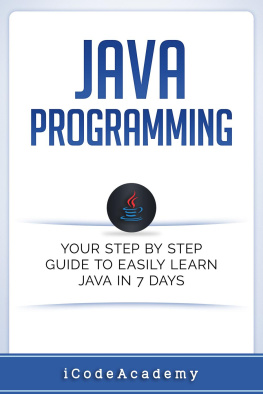
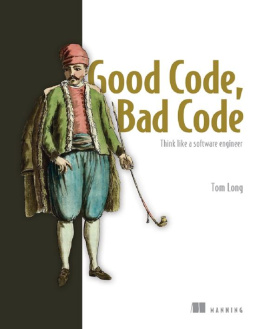
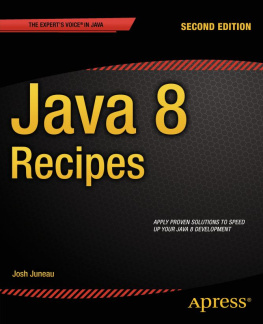
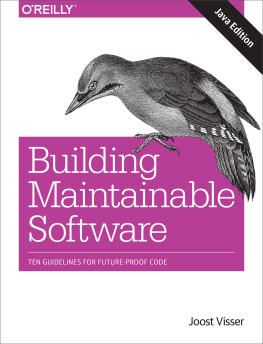


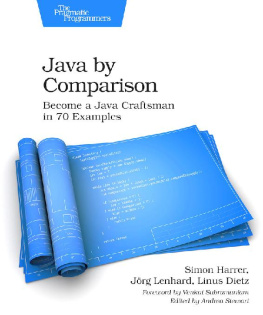
![Pierre-Yves Saumont [Pierre-Yves Saumont] - Functional Programming in Java: How functional techniques improve your Java programs](/uploads/posts/book/119337/thumbs/pierre-yves-saumont-pierre-yves-saumont.jpg)
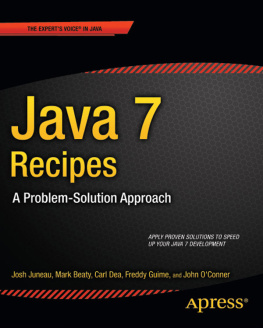
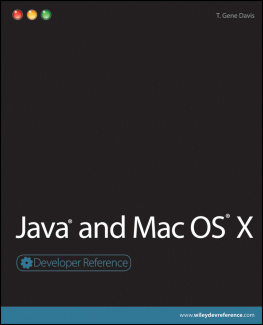

 Software Engineering Institute | Carnegie Mellon
Software Engineering Institute | Carnegie Mellon